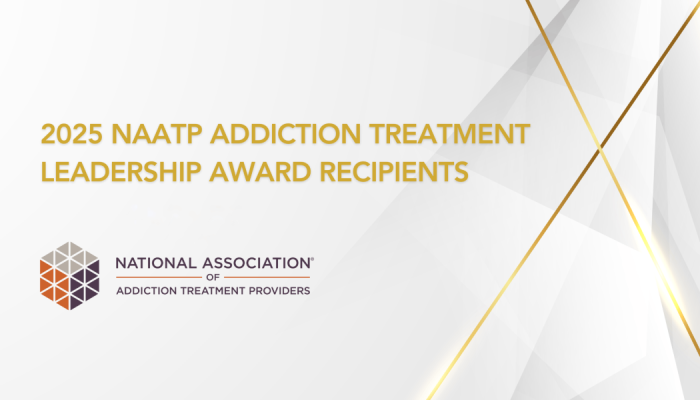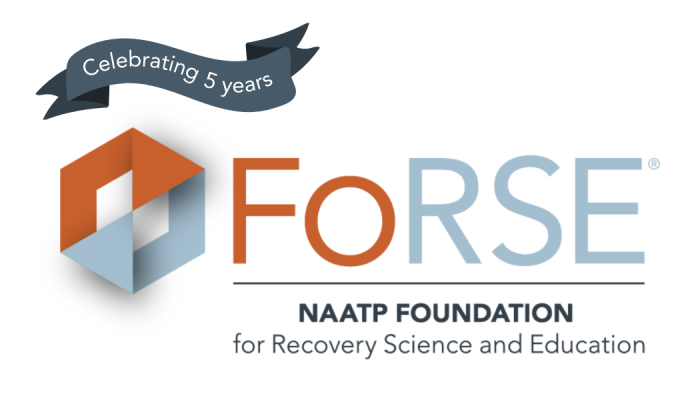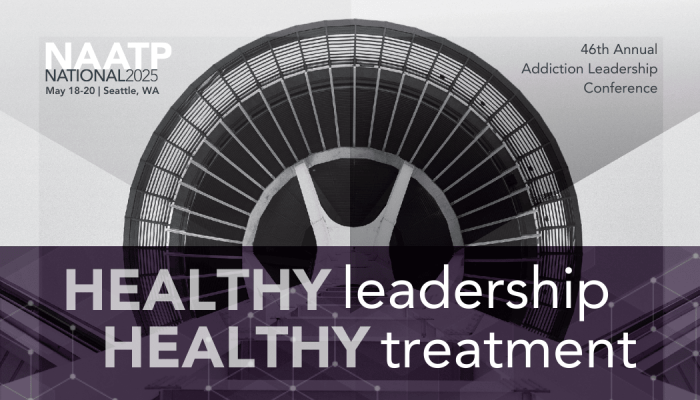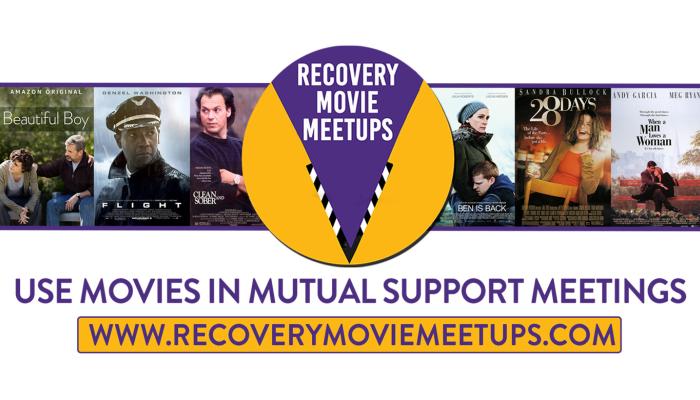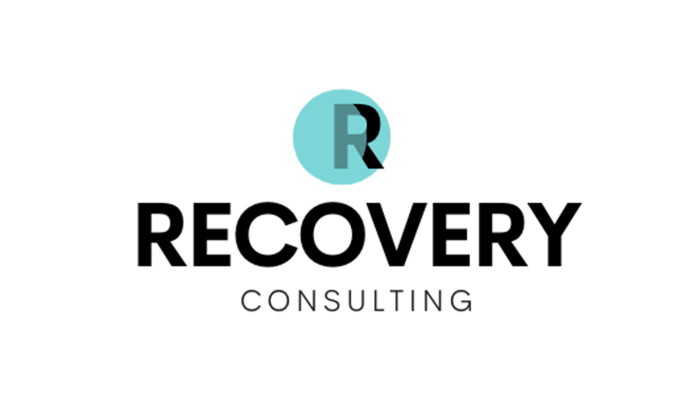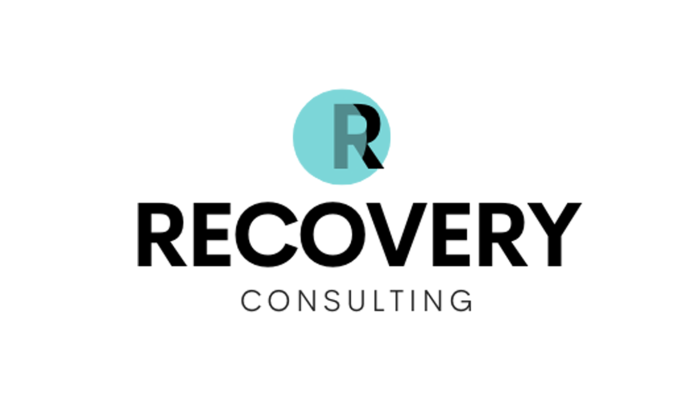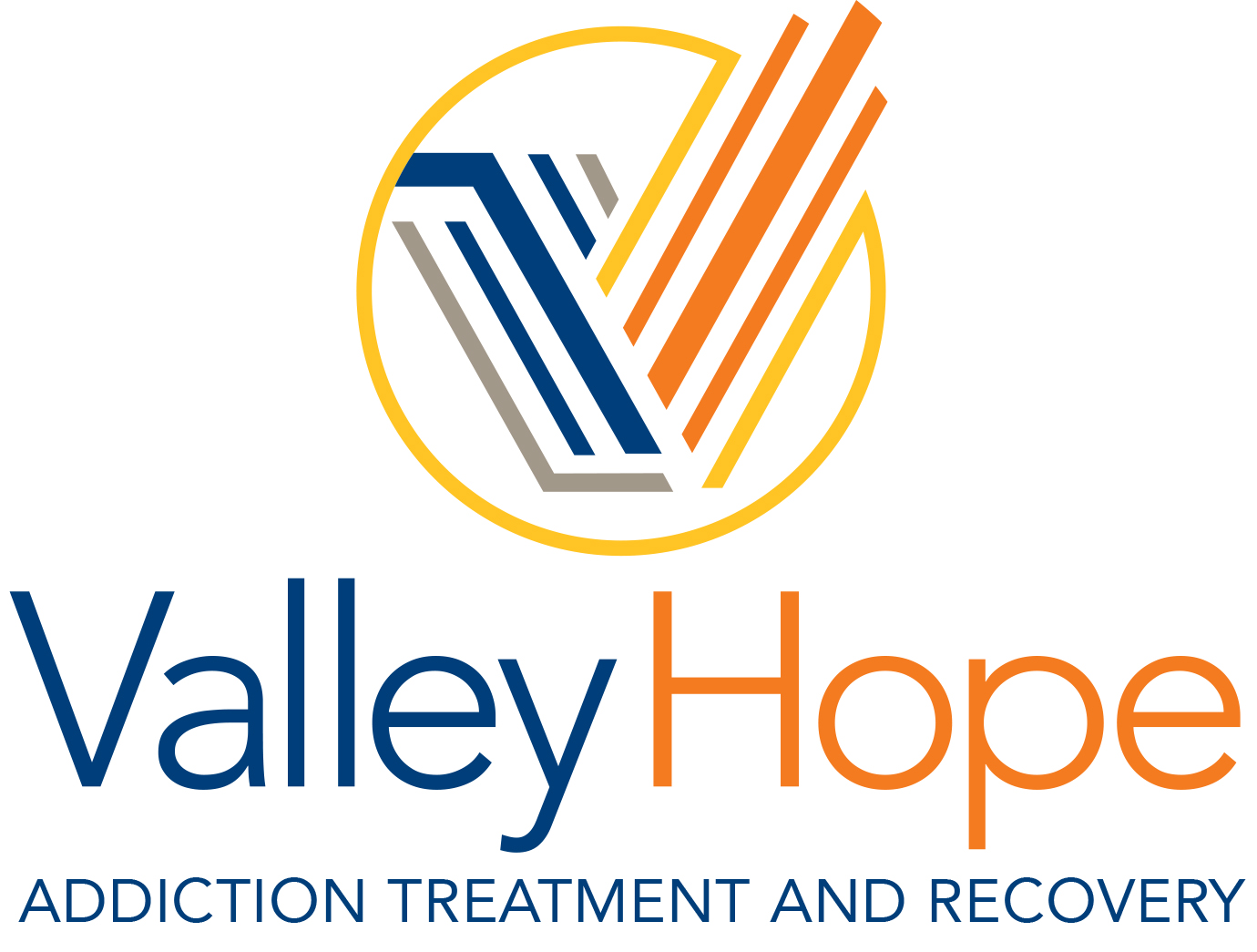Jan 9, 2019
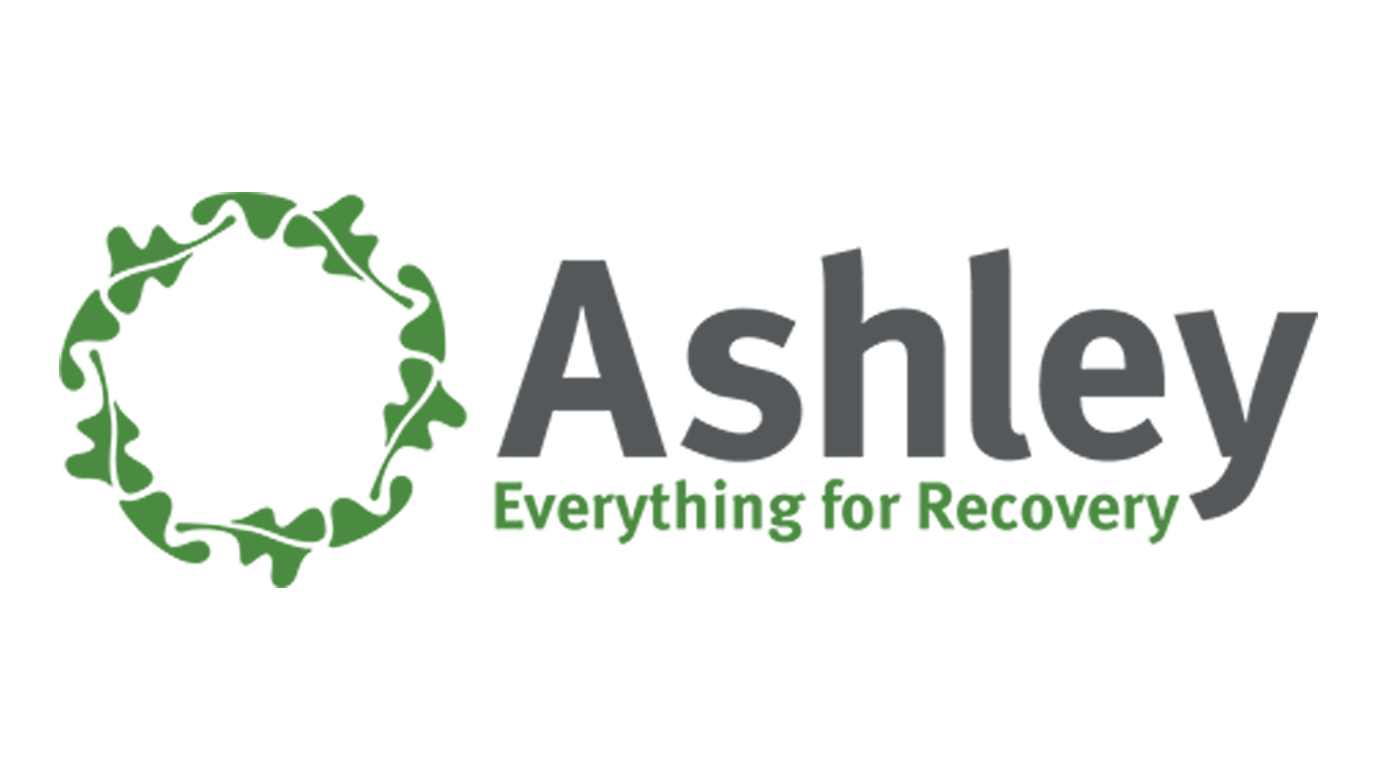
The Baltimore Sun
January 9, 2019
Written by Rebecca Flood
We are in this surreal moment in time when creating a social media challenge to raise money for a cause, for example the ALS Ice Bucket Challenge, has become the main source of funding for some of our most successful scientific research endeavors. Gene editing can be done in your garage on a layman’s budget. And, suddenly, the people responsible for our health care future are wondering, "Is curing patients a sustainable business model?"
Unfortunately, this kind of insecurity is exactly what experts in the substance use disorder field have felt for decades as insurance and public support wobble. Despite becoming one of the most serious epidemics of our time, drug addiction is still wildly misunderstand by the public, the victims are still wrongfully criminalized by the court of public opinion, and public policies are doing little to treat or even soften the spread of this disease.
Drug addiction is an intergenerational disease, just as prevalent in the family tree as cancer or diabetes. In fact, studies found that animals exposed to prenatal stress tend to exhibit the same signs as seen in addiction and are more likely to self-medicate when given access. Addiction is a serious brain disease that targets the “opioid attachment-reward system, the dopamine-based incentive-motivation apparatus and the self-regulation areas of the prefrontal cortex.” Essentially it hijacks the very parts of our brain responsible for goal-setting and motivation. It’s a disease that is commonly comorbid with, or puts people at risk of, other mental and physical health concerns, like Post-Traumatic Stress Disorder (PTSD) or HIV, which means those suffering with addiction are also often combating other physical or mental health disease at the same time. PTSD prevalence alone was found to be five times higher in patients with Substance Use Disorders (SUDs). The comorbidity of the two diseases makes it difficult to overcome one or the other.
Meanwhile those suffering with addiction are unfairly persecuted by the stigma against the disease, a stigma that is sewn heavily with misinformation. To this day, it is still treated as a personal failure despite overwhelming evidence to the contrary. The typical victim of an SUD began using drugs or alcohol by the age of 17, when the brain is still not fully developed, especially in terms of stress management, emotion and higher executive functions. Over a tenth of people admitted to treatment for an SUD began use by the age of 11. We are talking about middle and high school children who first develop this disease, so the stigma behind addiction is shockingly damaging.
Because of these (and other) factors, addiction-related deaths have been skyrocketing. The total number of deaths from substance use overdose in 2017 was over 70,000 and has been growing year over year. Compare that to the roughly 35,000 deaths from drug overdoses in 2007; it’s deeply disturbing that the number has doubled in just 10 years.
We have an epidemic on our hands, but instead of doing everything in our power to fight this disease, we are instead working with research that is often a decade old. Many of the more current articles can’t even agree on the most effective methods of treatment for comorbid disorders, such as PTSD and addiction, which makes it hard for providers to make the most effective calls in treatment.
Addiction experts agree that we need to know the best and most practical options for treating our patients effectively. Our field needs new research and more support from our local communities, because the data on the matter is clear: It isn’t some stranger at risk of addiction, it’s the children in our own towns.
Rebecca Flood is president and CEO of Ashley Addiction Treatment.
Her email is [email protected]




